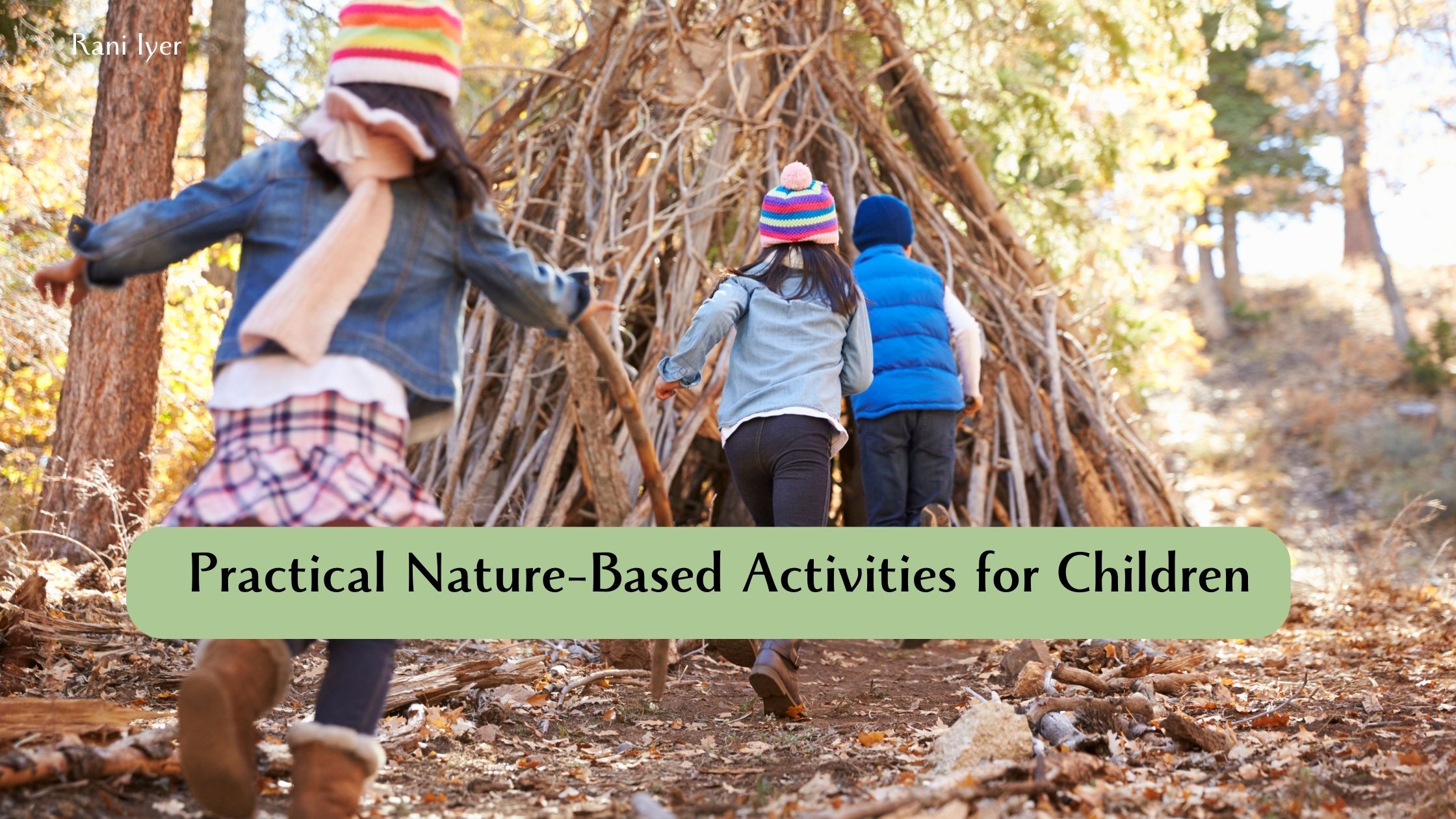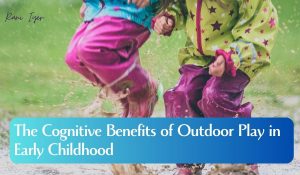In today’s rapidly urbanizing world, fostering a deep connection between young children and the natural environment is more crucial than ever. Ecoliteracy—the understanding of the natural systems that make life on earth possible—can be nurtured from a tender age through engaging, nature-based activities. For children aged 3 to 7, these experiences not only cultivate environmental awareness but also enhance cognitive, social, and emotional development.
The Importance of Nature in Early Childhood Development
Numerous studies have highlighted the multifaceted benefits of exposing young children to natural settings. A systematic review published in the International Journal of Environmental Research and Public Health found positive associations between nature-based early childhood education and improvements in self-regulation, social skills, and emotional development. Similarly, research summarized by the Children & Nature Network indicates that playful, nature-centric activities can effectively promote ecological literacy, encouraging observation, attention, and imagination in young learners.
Practical Nature-Based Activities to Foster Ecoliteracy
Here are several creative and instrument-free activities designed to immerse children in nature, nurturing their understanding and appreciation of the environment:
1. Nature Scavenger Hunts
Organize a scavenger hunt where children search for specific natural items like leaves, rocks, flowers, or feathers. This activity sharpens observation skills and teaches children about biodiversity.
How to Implement:
- Create a simple checklist with pictures for non-readers.
- Choose a safe, natural area such as a park or garden.
- Discuss each item’s role in the ecosystem after the hunt.
2. Seasonal Nature Walks
Regular walks in natural settings during different seasons help children observe changes in the environment, fostering an understanding of cycles in nature.
How to Implement:
- Visit the same location during various seasons.
- Encourage children to note differences in plant life, animal activity, and weather.
- Collect natural items to create a seasonal collage.
3. Gardening Together
Engaging children in planting and caring for a garden instills responsibility and provides hands-on experience with plant life cycles.
How to Implement:
- Start with easy-to-grow plants like herbs or flowers.
- Allow children to dig, plant seeds, water, and observe growth.
- Discuss the importance of soil, sunlight, and water for plants.
4. Wildlife Observation
Encourage children to observe and identify local wildlife, such as birds, insects, or small mammals, promoting respect and curiosity for living creatures.
How to Implement:
- Provide simple identification guides or apps.
- Use quiet observation to avoid disturbing animals.
- Discuss the roles different animals play in the ecosystem.
5. Building Natural Art
Collect natural materials to create art projects, enhancing creativity and a connection to the environment.
How to Implement:
- Gather leaves, twigs, stones, and flowers.
- Create mandalas, sculptures, or collages.
- Emphasize the impermanence and eco-friendliness of natural art.
6. Storytelling Under the Trees
Reading or creating stories in a natural setting can make the experience more immersive and instill a love for both literature and nature.
How to Implement:
- Choose stories related to nature or animals.
- Encourage children to create their own nature-inspired tales.
- Discuss the moral or lesson of each story in relation to the environment.
7. Cloud Watching and Star Gazing
Observing the sky fosters a sense of wonder and introduces basic concepts of meteorology and astronomy.
How to Implement:
- Lie on the grass and identify shapes in clouds.
- Observe the night sky and identify stars or constellations.
- Discuss weather patterns and the importance of the atmosphere.
Integrating Nature Activities into Daily Life
To make nature a consistent part of children’s lives:
- Start Small: Incorporate short, daily interactions with nature, such as watering plants or observing insects.
- Child-Led Exploration: Allow children to choose activities that interest them, fostering intrinsic motivation.
- Routine Integration: Set regular times for outdoor activities to establish habits.The
- Family Participation: Engage the whole family in nature activities to model enthusiasm and commitment.
By embedding these nature-based activities into the lives of young children, we not only enhance their developmental outcomes but also lay the foundation for a lifelong appreciation and stewardship of the environment.



